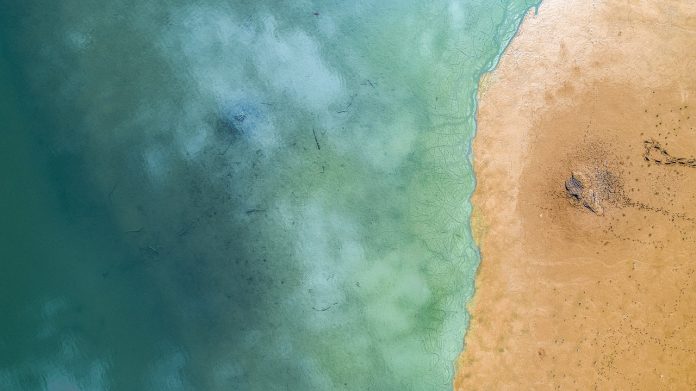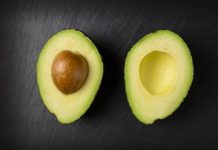
Since you are almost 70 years old, I recommend you drink 4 cups of milk or the equivalent in calcium-rich foods per day so that you consume 1,200 milligrams of calcium. Drink one cup of milk with each meal and one cup with a snack at night.
Dairy products like milk, yogurt, kefir, and cheese are still the best sources of calcium and yield a more favorable effect on bone health than supplements in postmenopausal women. Choose from the following dairy products:
- whole milk (276 milligrams calcium)
- 2 percent or reduced-fat milk (285 milligrams calcium)
- 1 percent or low-fat milk (290 milligrams calcium)
- skim or fat-free milk (306 milligrams calcium)
- buttermilk (284 milligrams calcium)
- yogurt (low fat with fruit has 338 milligrams calcium)
- kefir with robotic cultures (plain or with fruit 300 milligrams calcium)
- 1 1/2 ounce hard cheese i.e. brick, cheddar, Colby, Monterey, mozzarella, muenster, provolone, Swiss (average 306 milligrams calcium)
- 1-ounce hard cheese Parmesan, Romano (336 milligrams and 302 milligrams calcium respectively).
If you don’t tolerate milk or milk products, you could substitute 1 1/2 cups calcium-fortified soymilk (199 milligrams calcium per cup) or 1 cup calcium-fortified orange juice (351 milligrams calcium) to get the recommended 1,200 milligrams per day. Make sure the soymilk and orange juice are also fortified with vitamin D.
Vitamin D helps your body absorb calcium and deposit calcium in your bones. The best food sources of vitamin D are fortified milk products, fatty ocean fish (halibut, herring, channel catfish, mackerel, salmon, sardines, tuna, and cod), liver and mushrooms (chanterelle, morel, and shiitake). You can also absorb vitamin D through your skin that is exposed to sunlight for about 20 minutes per day. However, with sun exposure, you have a greater risk of skin cancer and in the northern half of the United States, you can’t depend on sunlight for all your vitamin D needs in the winter.
I would suggest a calcium and vitamin D supplement only if you are unable to consume enough calcium-rich foods to get the calcium you need. Depending on your bone density status, you may not see a reduction in bone loss for two years or more after starting calcium supplements. So don’t stop taking the calcium supplements when you don’t see a quick improvement in your bone density scan. Your calcium intake can be part food and part supplement, but remember that supplements are best taken at meals.
There are many calcium supplements available in your pharmacy. However, some supplements contain vitamin D and some do not. Pick a calcium supplement with vitamin D. The average recommended daily dose of 1,200 milligrams calcium is the same for women taking or not taking estrogen (hormone replacement therapy). These recommended amounts include both the food you eat and any supplements with calcium you take. I would also suggest you discuss this with your doctor for him/her to consider your other health concerns. (Do not take calcium supplements or overeat milk products if you have a history of kidney or bladder stones.)
Women on anti-resorptive therapy (drugs like Fosamax that prevent loss of calcium from bones) may benefit from higher intakes of calcium. In the first 10 years after menopause, bone loss can average 13%. Twenty-six percent of women over age 65 and 50% of women over age 85 have osteoporosis. Osteoporosis starts in men around age 55. Twenty percent to 50% of women with a history of anorexia are at risk for osteoporosis.
Ninety-nine percent of the calcium in your body is in your bones. Your bones are your calcium savings account and your blood calcium is your calcium checking account. You don’t want to take calcium out of your bone savings because it will make your bones more susceptible to breaking (fractures). When the amount of calcium in your blood decreases, unless there is enough calcium coming in from the food you eat and supplements you take, your body draws calcium out of your bone calcium (savings account). As a result, your bones become more porous and fragile. This is a major factor in broken hips so common in seniors, especially women.
How much calcium is in your bones, however, is not a simple issue of getting enough calcium and vitamin D during your growth years. Estrogen and exercise both play a role. Research has shown that women who have a hysterectomy (removal of the uterus) are at greater risk of osteoporosis even if they retain their ovaries and should discuss hormone replacement therapy (estrogen) with their doctor. Since you have already gone through menopause, you are not making much estrogen though large body fat stores can produce estrogen. Estrogen helps keep calcium in your bones. Exercise also helps keep bones hard. Any weight-bearing exercise, except swimming and bicycling, stresses your bones and keeps them hard. Talk to your doctor about an exercise program for you. Studies in Wisconsin have shown that women in their 80’s and 90’s can increase bone density (hardness) with sufficient calcium, vitamin D, and exercise. It’s not too late.
If you haven’t had a bone density test, ask your doctor to schedule one. You’ll only have to take off your shoes and lie down on a DEXA (dual energy x-ray absorptiometry) low dose x-ray machine with 1/10 the radiation of a chest x-ray for a few quick minutes to determine if you are at risk for osteoporosis due to poor bone density.
Also, if you smoke, stop and if you drink excessive alcohol, cut down the number of drinks per day to one for women.



